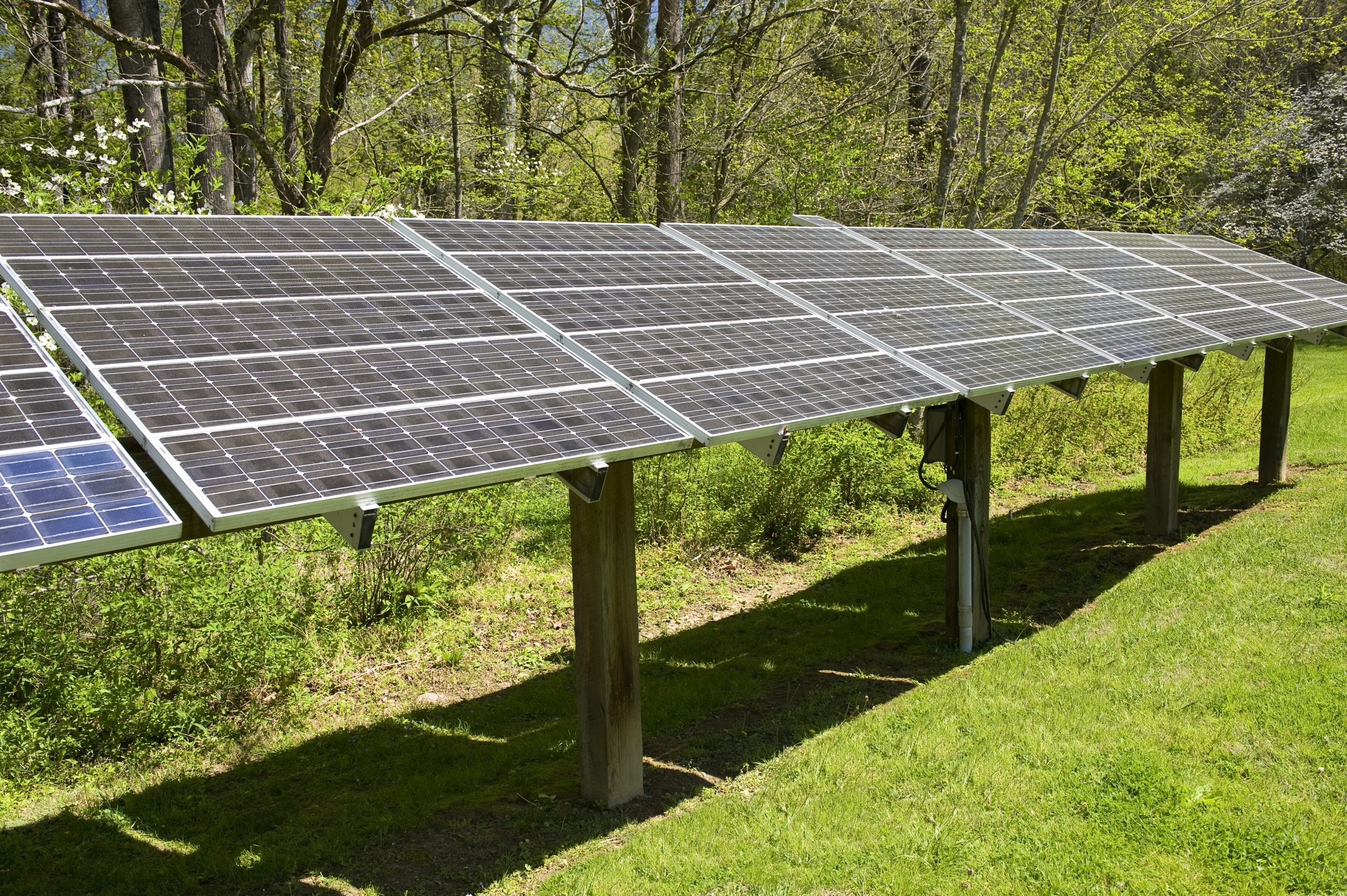Solar Panels 101: Everything You Need to Know About Installation and Maintenance
Are you considering installing solar panels on your home? If so, you’re not alone. More and more people are turning to renewable energy sources like solar power as a way to reduce their carbon footprint and save money on their electricity bills in the long run. But before you dive into the world of solar panel installation, there are some things you need to know about this technology and how it works. In this article, we’ll cover everything from the basics of solar panels to maintenance tips and common myths debunked. Let’s get started!
Introduction to Solar Panels
A solar panel is essentially a collection of photovoltaic (PV) cells that convert sunlight into direct current (DC) electrical energy. These PV cells are made up of layers of silicon, which absorbs photons from the sun and releases electrons, creating an electrical flow. This DC energy is then converted into alternating current (AC) by an inverter, which can be used to power your home or fed back into the grid.
Types of Solar Panels
There are several types of solar panels available on the market today, including monocrystalline, polycrystalline, thin-film, and bifacial panels. Monocrystalline panels are made from a single crystal of silicon and are considered the most efficient type of panel, while polycrystalline panels are made from multiple crystals and are slightly less efficient but generally cheaper. Thin-film panels use layers of photovoltaic material deposited onto a substrate, making them lightweight and flexible, while bifacial panels generate electricity from both sides of the panel, increasing their efficiency.
How Solar Panels Work
As we mentioned earlier, solar panels work by converting sunlight into electrical energy through the use of PV cells. When sunlight hits these cells, it causes electrons to be released, creating an electrical flow. This DC energy is then sent to an inverter, which converts it into AC energy that can be used to power your home or fed back into the grid. The amount of energy generated by a solar panel depends on factors such as its size, orientation, and the amount of sunlight it receives.

The Benefits of Using Solar Energy
One of the main benefits of using solar energy is that it is a clean and renewable source of energy that produces no greenhouse gas emissions or other pollutants. By switching to solar power, you can significantly reduce your carbon footprint and help combat climate change. Additionally, solar panels can help you save money on your electricity bills over time, as they typically have a lifespan of around 25 years and require little maintenance once installed.
Determining if Your Home is Suitable for Solar Panels
Not all homes are suitable for solar panel installation, as the amount of sunlight received and the orientation of the roof are important factors to consider. Ideally, your roof should face south or west and receive at least six hours of direct sunlight per day. Additionally, your roof should be free from shading obstructions such as trees or nearby buildings. If you’re unsure whether your home is suitable for solar panels, consult with a professional installer who can assess your property and provide guidance.
Choosing the Right Solar Panel Installation Company
When choosing a company to install your solar panels, it’s essential to do your research and choose one that has a good reputation and experience in the industry. Look for companies that have been in business for several years and have positive reviews from past customers. It’s also important to ask for references and check with your local Better Business Bureau to ensure that the company has a good track record.
Understanding the Costs Involved in Solar Panel Installation
The cost of solar panel installation varies depending on the size and complexity of the system, as well as the location and quality of the components used. On average, however, residential solar systems range in price from $10,000 to $30,000 after tax credits and rebates. While this may seem like a significant investment upfront, many homeowners find that the savings on their electricity bills over time make it worthwhile.
Maintenance and Cleaning Tips for Solar Panels
Once your solar panels are installed, they require very little maintenance beyond regular cleaning. Dust, dirt, and debris can accumulate on the surface of the panels, reducing their efficiency, so it’s recommended to clean them periodically with a soft cloth and water. Avoid using abrasives or harsh chemicals, as these can damage the surface of the panels. Additionally, keep an eye out for any signs of wear or damage to the panels and contact a professional installer if necessary.
Common Myths About Solar Panels Debunked
Despite the growing popularity of solar energy, there are still many misconceptions and myths surrounding this technology. One common myth is that solar panels don’t work in cloudy weather or during the winter months when days are shorter. However, while solar panels do produce less energy under these conditions, they can still generate electricity even on cloudy days. Another myth is that solar panels are too expensive and not worth the investment. As we discussed earlier, while the initial costs may be higher, many homeowners find that the long-term savings on their electricity bills make solar panels a wise financial decision.

Conclusion: Why You Should Consider Solar Panels
In conclusion, if you’re looking for a way to reduce your carbon footprint, save money on your electricity bills, and contribute to a cleaner and more sustainable future, solar panels may be the answer. With the right knowledge and professional installation, solar panels can provide reliable and efficient energy for your home for years to come. So why wait? Start exploring your options today and discover the benefits of going solar!
